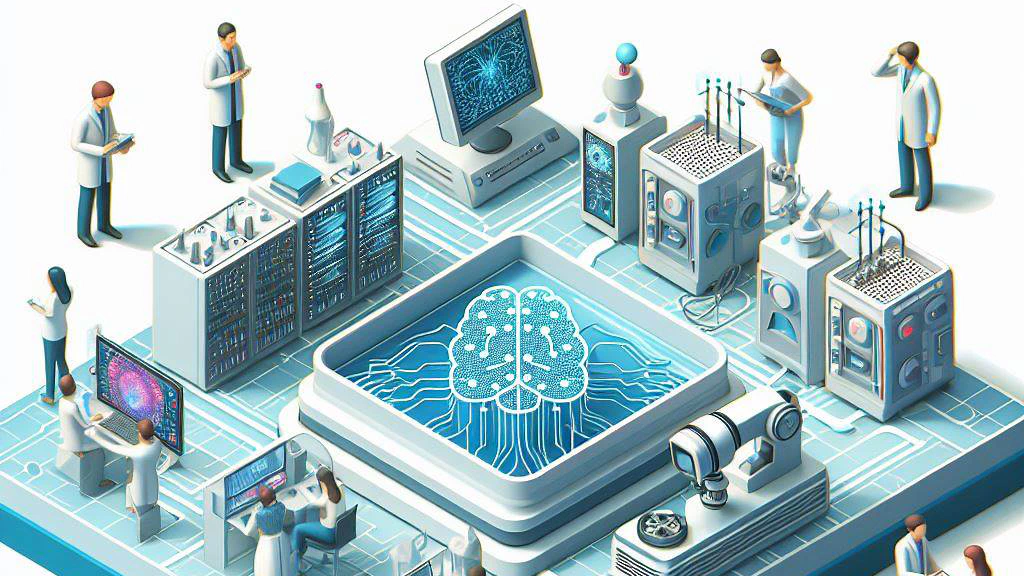Explore the cutting-edge realm of Neuromorphic Computing, where biology-inspired principles converge with technological innovation. Dive into comprehensive guides on hardware, software, engineering nuances, and emerging topics, unraveling the transformative potential of analog vs. digital systems, in-memory computing, new materials, asynchronous computation, spike-based computation, diverse training methods, and real-world applications.
Discover the future of computing that mirrors the intricacies of the human brain.
